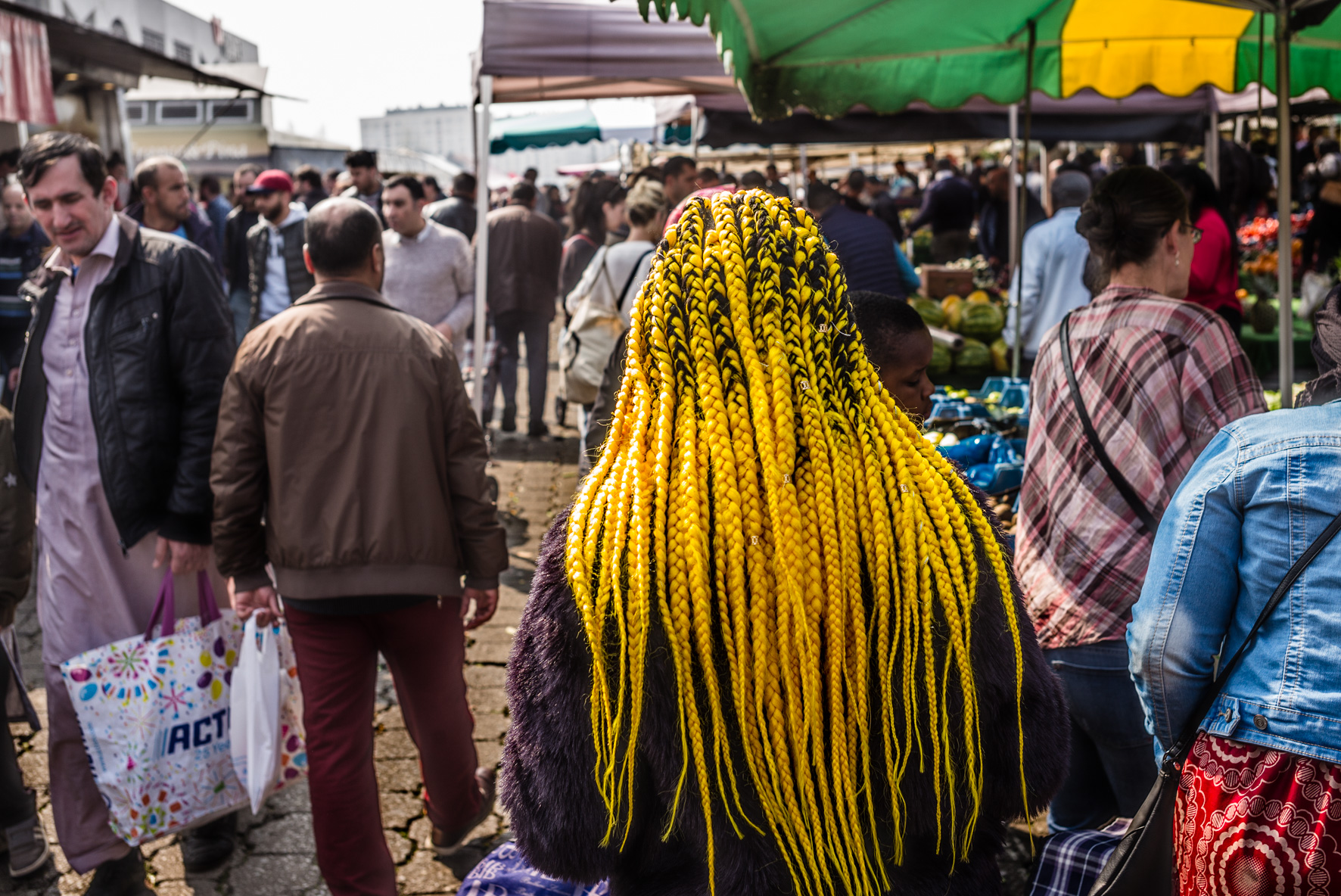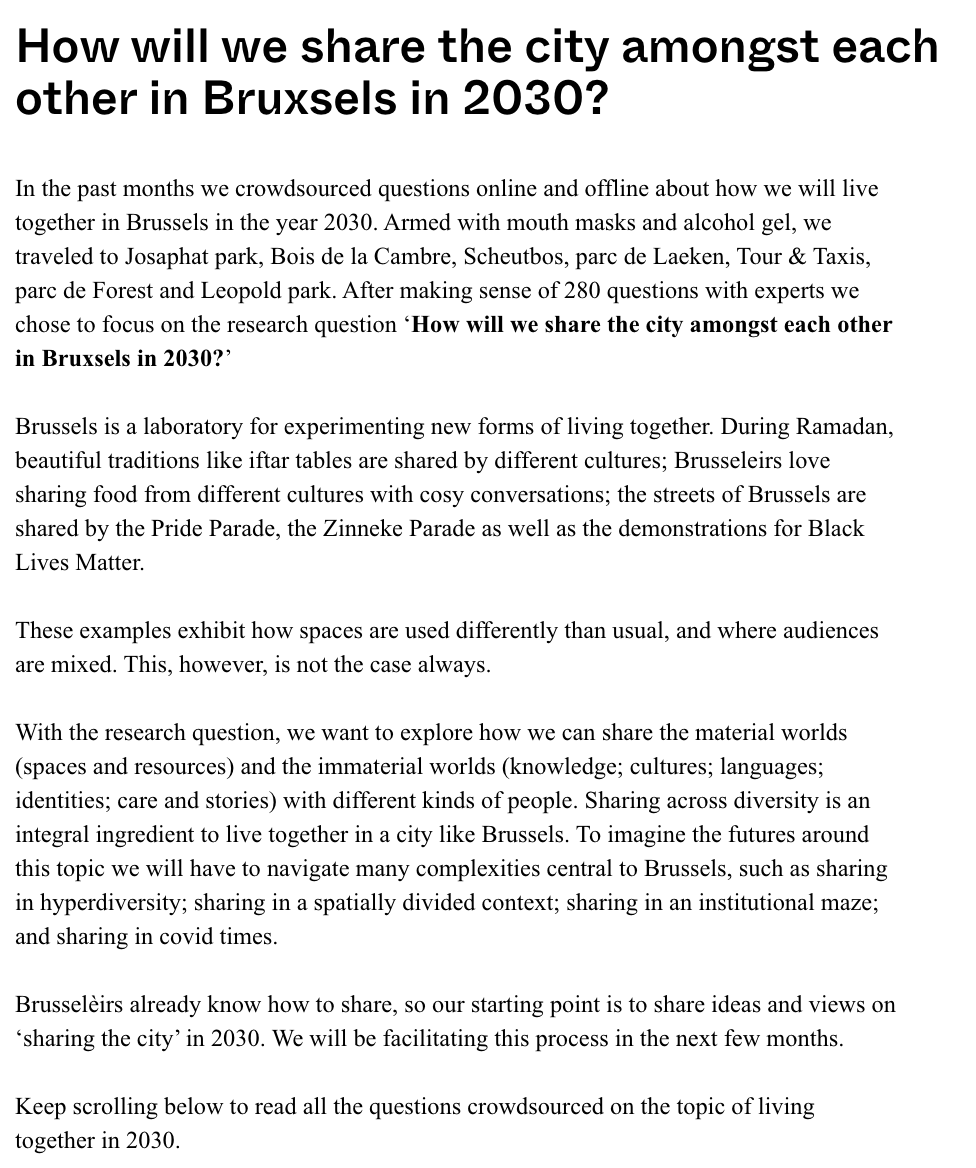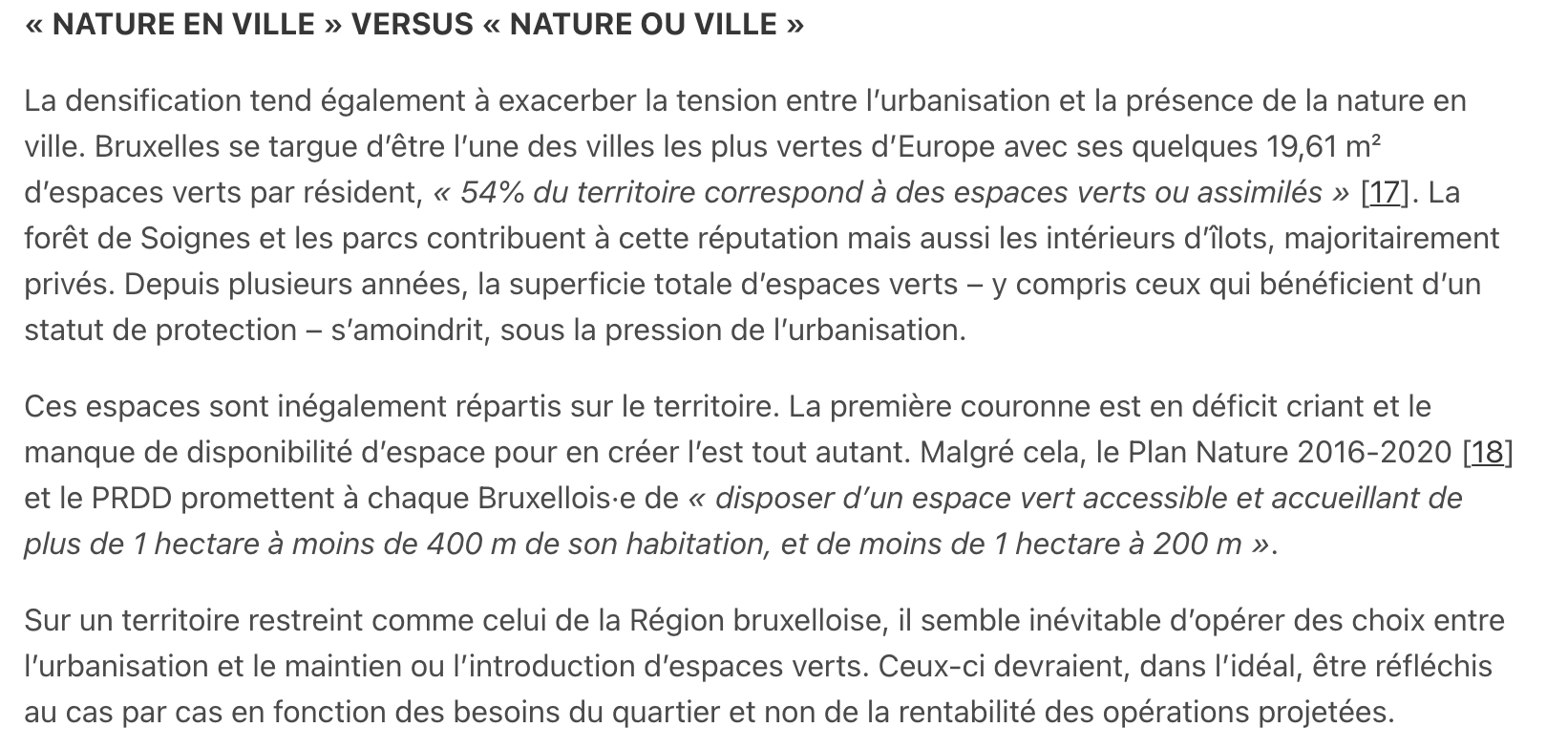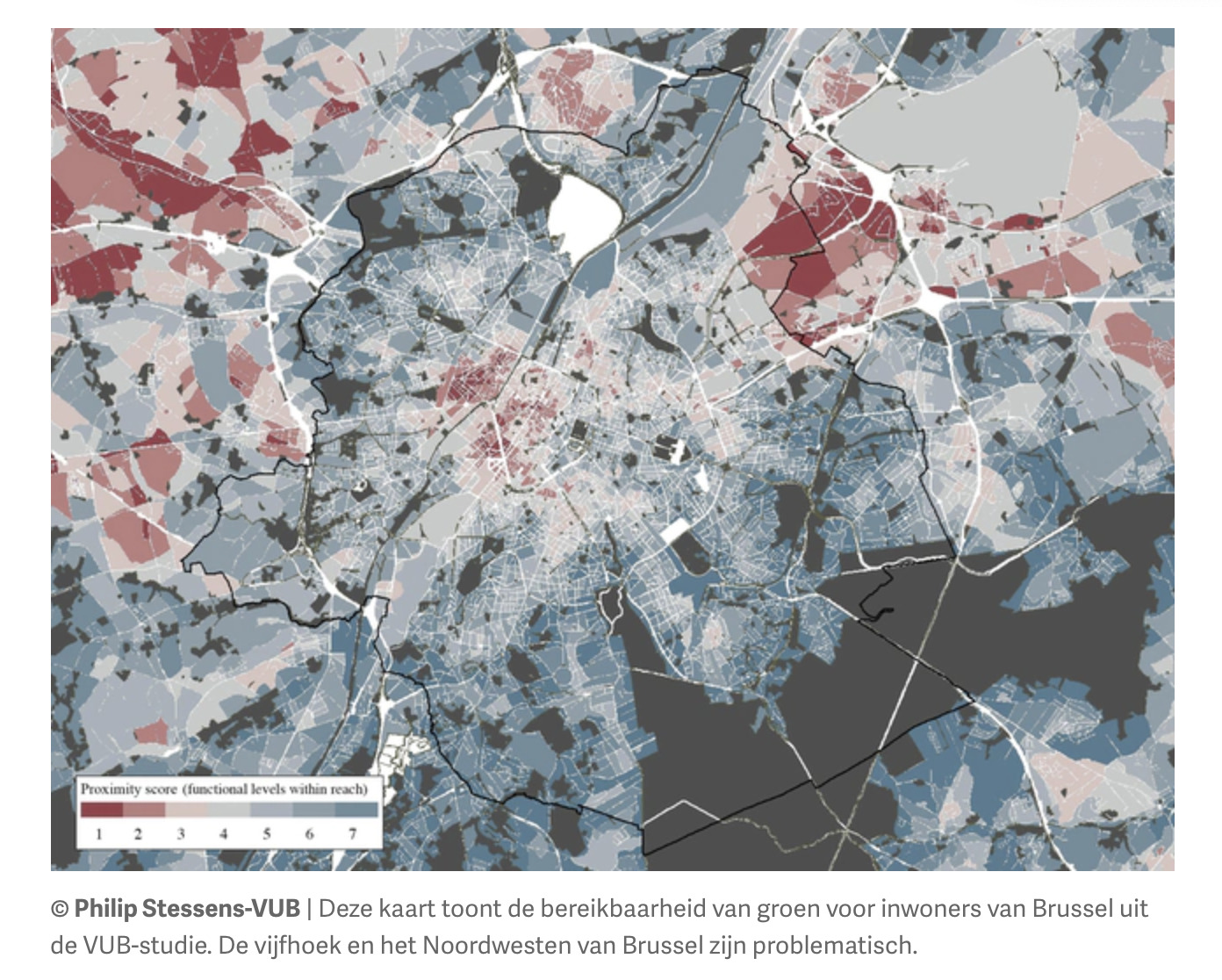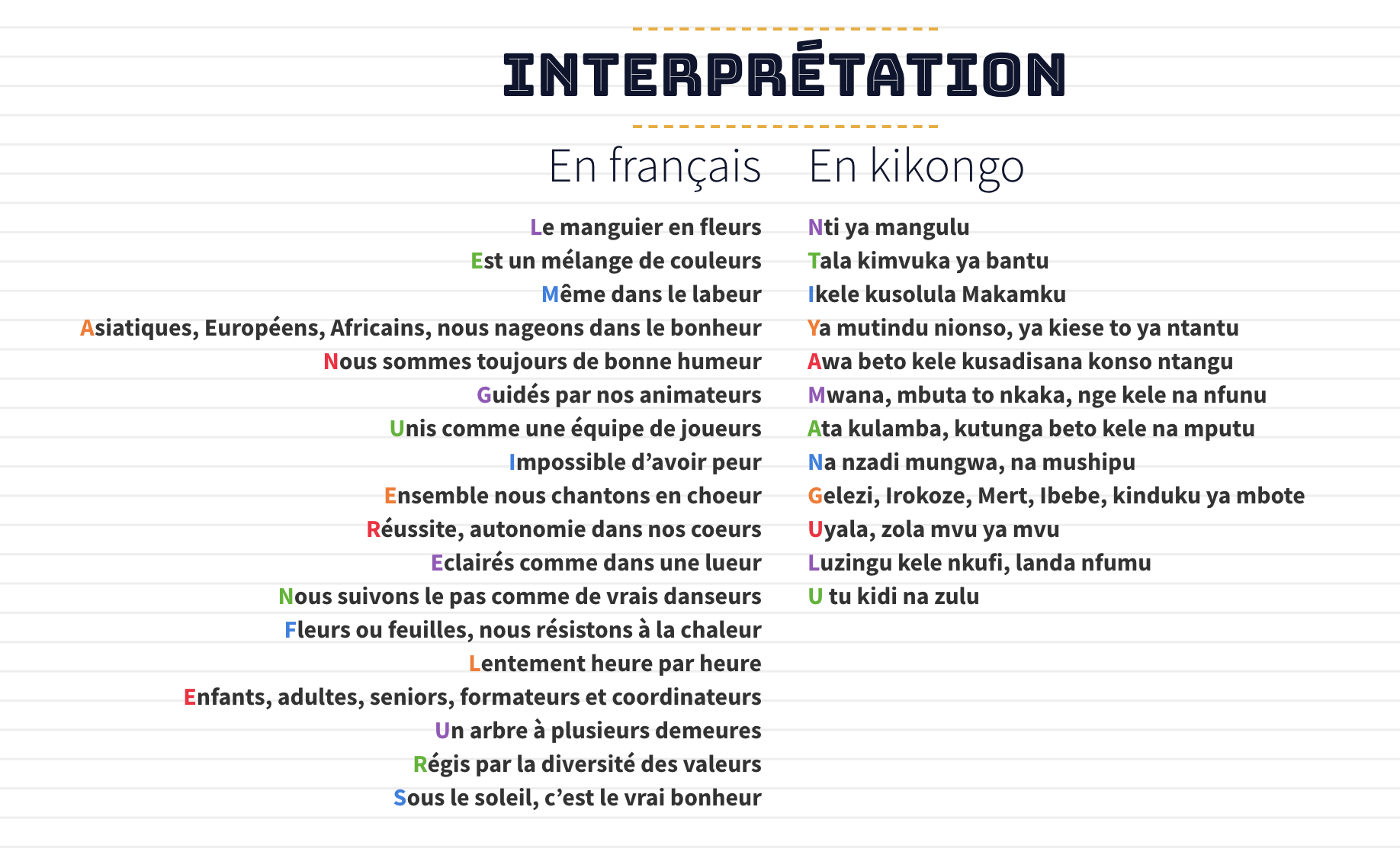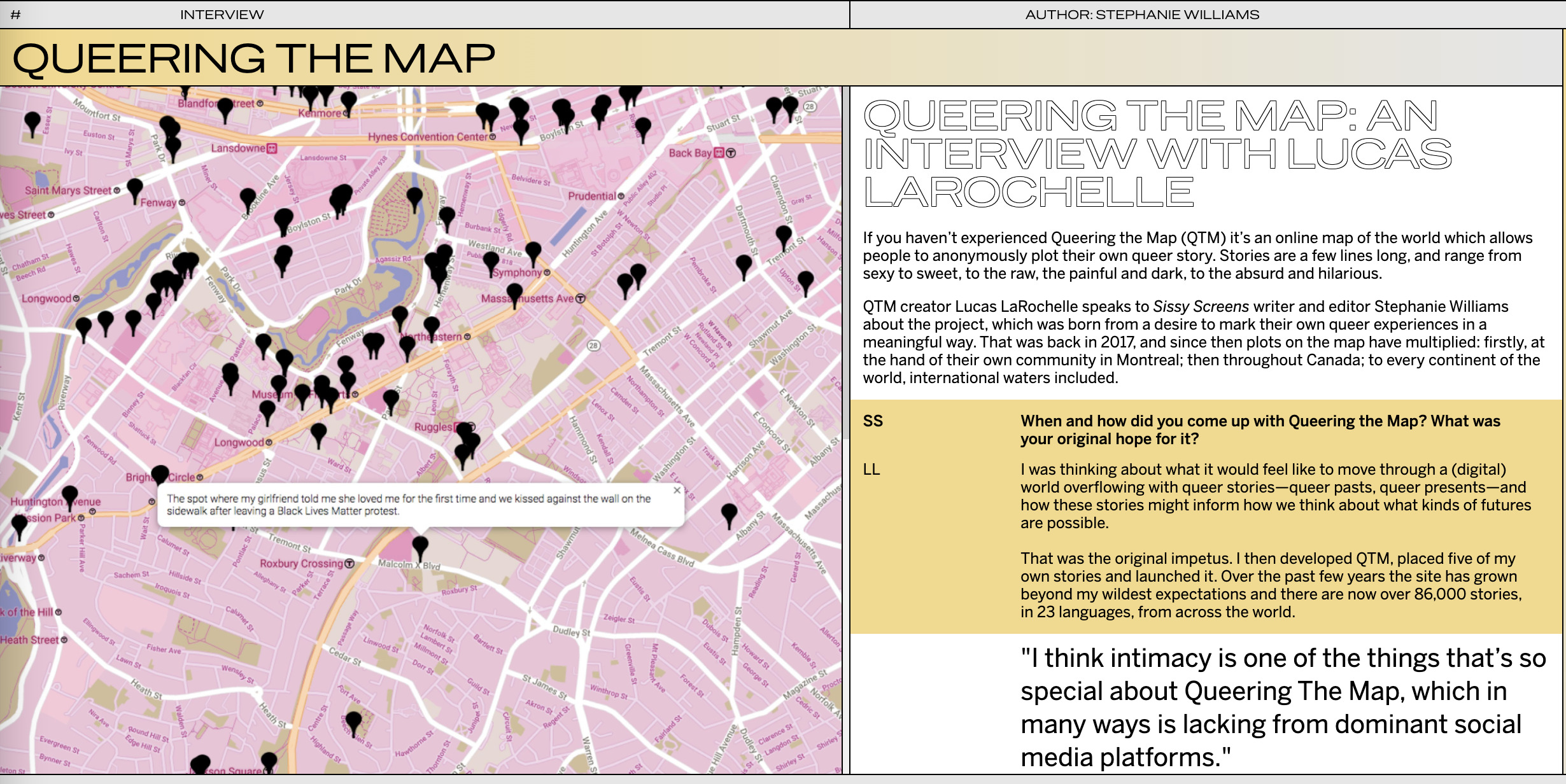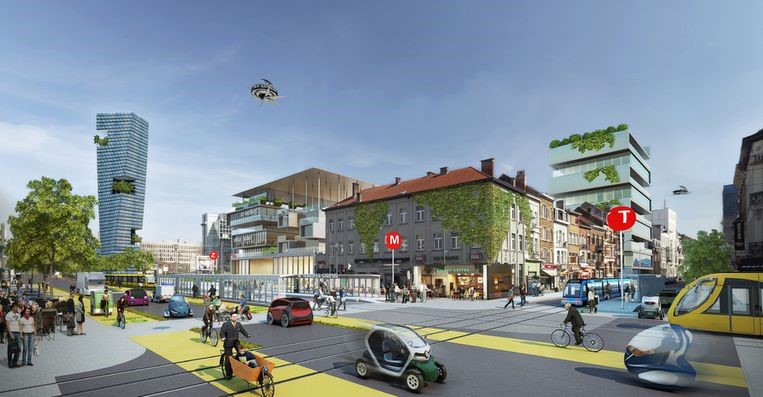Disclaimer: This article is a result of expert interviews, desktop research, and chat with the people of Brussels around the research question ‘How will we share the city amongst each other in Bruxsels in 2030?’. The aim of the research is to map the current state and to analyse the trends. We will use this research as a base for our futures stories.
CONTENTS
💬 Intro: What is sharing the city?
👀 2030: Nine years from today
👹 Real reality: The four monsters
👊 Friction Fence: The six jumps
👂 Learn & learn: Best practices local and global
💘 Attention: Futures is under construction
Intro: What is sharing the city?
Dear Brussels,
You are not a cake, we cannot cut you and share the parts among us!

Thank you Brusseleirs to stress this 🙏🙏
We want to share you, dear Brussels, by sharing the material and immaterial worlds you are made of – bus rides, spaces, celebrations, knowledge, information, care, rules, resources, cultures, identities, languages, time, and stories.
Why do we have to share the city when we can be happy in our bubbles?

The reason we move to cities is that there are opportunities and new experiences. In addition, we don’t necessarily have to assimilate unlike in a village.
Crisis like climate change, terrorism, and pandemic have put ‘life in bubbles’ in the city under question. These moments of crisis surface up our interdependencies and vulnerabilities. We rely on each other a lot to meet our basic needs, we need social interactions to combat loneliness, we need trust in others to feel safe and healthy.
Governments across the world have understood this. At the last Habitat III conference in 2016 by the United Nations, they all committed to the goal of embracing diversity and living together, among many other goals.

We didn’t want to rely just on official goals and promises so we consulted the people of Brussels in the streets. The people of Brussels want ‘living together’ in 2030 to manifest:
🎯 Solidarity across differences
🎯 A sense of belonging for everyone
🎯 Rich social networks
🎯 Display of cultural expressions
🎯 Active citizenship
🎯 Liveability for everyone
🎯 New shared stories about the city
2030: Nine years from today
2030 will be a special year for Brussels.
Belgium will celebrate its 200 years of independence 🎺
Amidst the 200 years of celebration, Brussels aspires to celebrate the spirit and the title of European Capital of Culture 🤞🤞
Brussels in 2030: What do we know? 🙈🙈
We will be more and we will be more diverse.
We will have many newcomers, thanks to the climate migration (more exotic food in Brussels).
The newcomers will be robots, mushrooms, other species along with other humans.
Some of us will embrace multilingualism (tough choice) and some of us will keep relying on translation tools (who can resist real-time interpretations).
Some neighbourhoods will welcome most of the immigrants making them denser and unattractive for others.
Security will become even a greater challenge (wait, the Brussels region has already put in place a strict surveillance policy, something that all layers of institutions could agree on).
We will have many more cameras and they will have better image quality, device mobility, analytical software, facial recognition, etc (please keep smiling, you are under watch).
Brussels will have to build many new houses, both public and private (however, where is the space?).
Brussels will have to grow vertically (end of the neighbourhood dynamics).
This will make Brussels overly dense and we might have to choose between ‘Nature in the city’ Versus ‘Nature or City’.
Over densification will force us to live and move too close to each other (ouch! the social distancing).
Over densification will impact more the poor and vulnerable populations (hmmm…).
Wait, we have social housing (where will we build the social housing, in the south or north?).
More housing will mean less space for the urbaners to grow their veggies in the city (the never-ending clash of the bubbles).
How about urban gardens on the roofs of social housing to promote mixity?
Won’t work-from-home policies brought in thanks to Covid-19 stay at least in the European institutions? We will have many (more) empty buildings in 2030.
Now all that could be fake news! (how will we trust each other in a superdiverse city like Brussels?).
We can go on speculating about the future…
What is the real reality though?
Real reality: The four monsters
- We are all very different in different aspects.

Sharing the city in Brussels amongst each other will have to be across:
Cultures
Bonds (newcomers vs old Brusseleirs)
Communes
Different needs
Genders
Generations
Religions
Socio-economic classes
Species
…
2. The north of Brussels ≠ the south of Brussels
We all notice how Brussels changes as you cross the canal. The city hosts the poorest and the richest municipalities of the country. Brussels is one of the greenest cities in Europe. Unfortunately, this is not true for everyone. The north and the south division in the city also reflects the rising socio-economic inequalities between municipalities.

In day-to-day life, certain sections of the Brussels population barely come in contact with each other. This de facto segregation is a challenge for the city’s liveability in the long term.
3. 1 Region, 2 Communities and 19 Communes: different goals and different visions

Institutionally, in Brussels, we have two communities (determined by two languages). However, in reality, we have many more communities – ethnic and cultural ones. There are around 164 languages spoken in the city. The way integration happens today ignores this plurality. Forget about all the other languages, as a newcomer one is put in a box of either French–speaking or Dutch-speaking bureaucracy and city networks.
Talking about bureaucracy, the second big focus of integration. We all diligently learn about the administrative work around identity cards and taxations. How about local politics and how can we contribute to making the city of tomorrow?
4. Sharing versus social distancing
Relations post-covid is a big question: will we be careful in interacting with strangers, will we hang out only with the people we know, and will we be open for spontaneous gatherings…
The ‘fear of others’ has become very strong in our everyday lives and has affected our mental health.
There are serious concerns that the public will reject public transportation in favor of private motor vehicles and bicycles. The stay-at-home policies may remain after the end of the pandemic; normalising in that way teleworking, online shopping, and distance learning.
Sharing the city with these circumstances will require relearning the act and meaning of sharing.
Friction Fence: The six jumps
In order to share amongst each other,
- we need to open-up, adapt, adjust, tolerate.. How can we motivate different communities to open-up?
- we need to extend care and solidarity towards strangers and other species. How can we care and stand in solidarity with people we don’t know?
- different groups living next to each other (from different neighbourhoods) need to interact. How can we build literal and figurative bridges?
- we need to be able to access (means to go physically, have the right information and knowledge). How can we design for diversity in Brussels?
- we need to be able to express ourselves comfortably. How can we welcome language, cultural and identity plurality?
- we need to feel a sense of belonging. How can we make everyone feel at home in Brussels?
Learn & learn: Best practices local and global
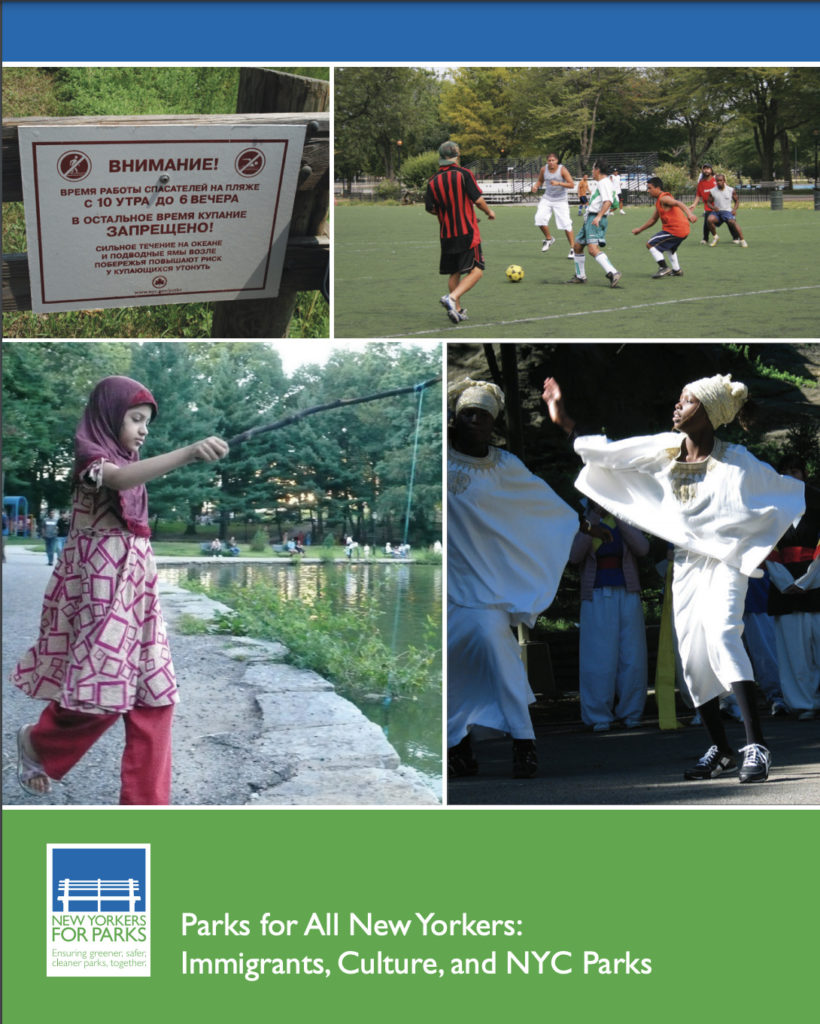
Brass’Art cafe in Molenbeek, a community cafe that wants to break the barriers of the social and religious division and provide a space where diverse people from different cultural backgrounds can meet.
Le Manguier en Fleurs in Brussels, creates a space of engagement that serves as a platform for exchange between newcomers, exchange of information and the production of networks.
The House of One will be a place in Berlin where the coexistence of religions is lived peacefully. It brings a synagogue, a church, and a mosque together under one roof. This will serve as a meeting place, where worshippers and members of the public can come together and learn more about the religions and each other.
Queering the Map is a collaborative mapping platform and is run by a community. It digitally archives LGBTQ2IA+ experience in relation to physical space. The park benches, trees, gates all tell a story about a different reality that we don’t know.
The Sport in Favour of Inclusion and Citizenship for Refugees and Asylum Seekers programme in Strasbourg aims to support the integration of target groups through sports. Participants are engaged in concrete physical activities and are introduced to existing health schemes. This raises awareness around the rights of a citizen. Hence through the notion of wellbeing, they are empowered and learn to take care of themselves.
What do we learn from them?
- There is no formula for living together in superdiversity, it needs everyday practical adjustments and conscious discussions.
- The inclusion of many artefacts (objects dear to different cultures and communities) in a shared space helps different people to feel comfortable.
- Showcase and promote hybrid practices around arts and culture in the city. It pushes more people to interact with someone different from them.
- Promoting a year-round outdoor activity through design and programming for a variety of weather conditions, including rain-friendly public spaces, are vital for social interactions.
- It is easy to gather very different people around a common need expressed by them (example: learning a language). Once they gather, a space must be created for exchange around the everyday life of the people. This is a key ingredient to build rich social networks.
- Using visual formats like maps and diagrams gives you a different view and helps diverse people understand the diverse layers of society.
🚧 Attention: Futures is under construction
“Inclusiveness is not about organising something that appeals to everyone, but about making sure that for everyone there is something that appeals to them”.
Marie Umuhoza, festival coordinator from Underneath Which Rivers Flows
Keep an eye on our social media to read more about the building blocks that will influence the futures story and a futures story that will demonstrate the sharing in Brussels in 2030.







